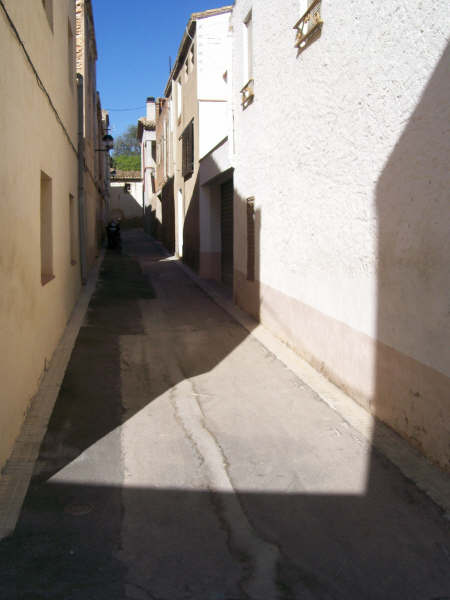
AIR CASMARLES Project is located in an old house built by the Marles Vinyes family in the 1850’s. The house is situated in the middle of Llorenc del Penedes a 2000 inhabitant village 50km south of Barcelona in a region famous for the production of wine, cava and olive oil called El Penedes. Beside its traditional rural characteristics, Llorenc has suffered and engaged what has been called ’the globalization process’. Although Llorenc hasn’t been victim of mass tourism and property development, the village is immersed in a deep transformation of its basic economic and cultural structure. These transformations are due to on one hand immigration not only from the rest of Spain but also from Rumania and specially Morroco, and on the other hand the diversification of its industry. During the last 5 years the village have seen the development of large private and public infrastructures as well as the construction of new neighbourhoods some times in direct contradiction with the interest of the old inhabitants. Llorenc del Penedes could then be taken as a good example of the ambiguous consequences of globalization, a changing prototype of what has been happening around the region and most rural areas of occidental Europe. It is in this context that CASAMARLES develops and it is to this process that CASAMARLES will try to react.

